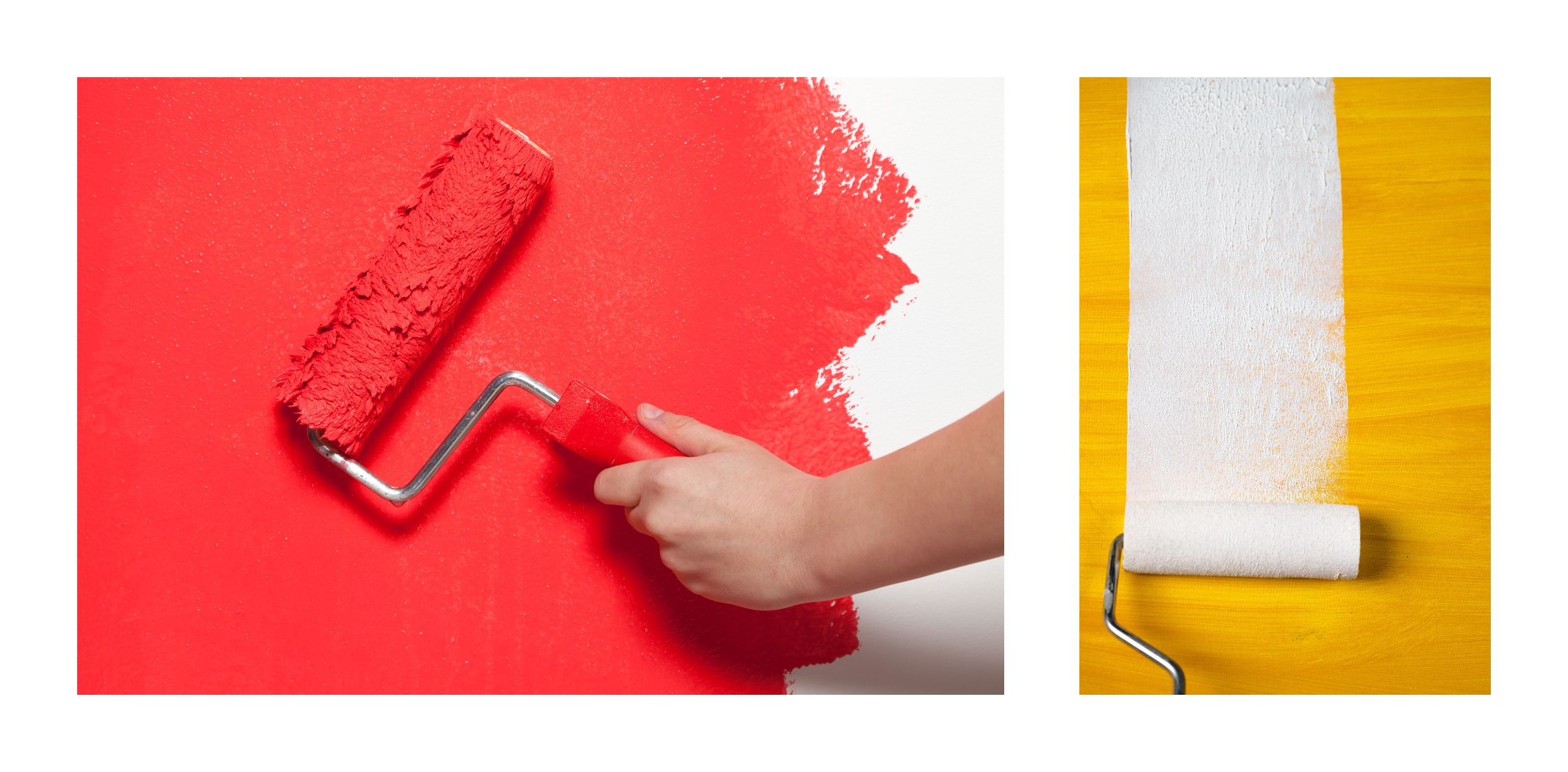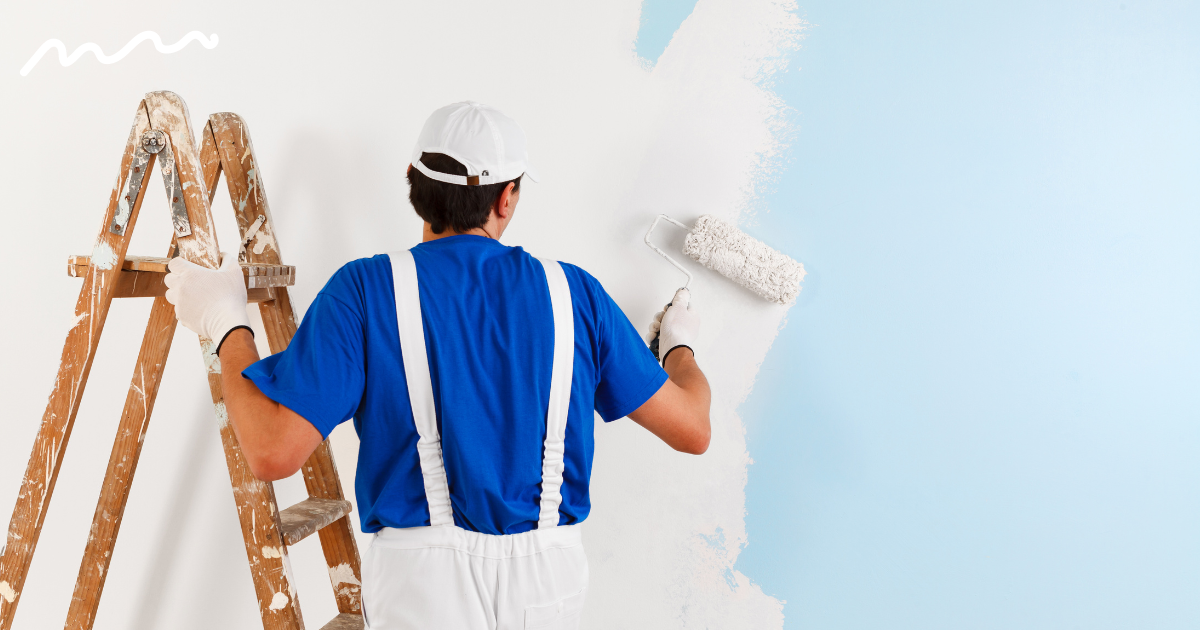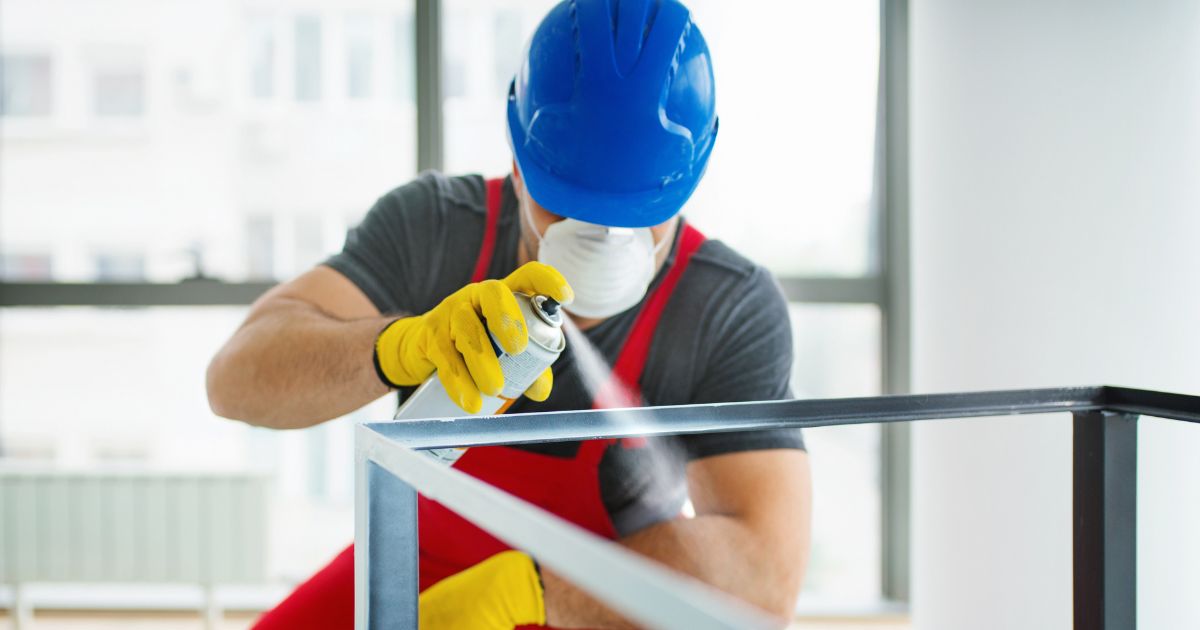Spray paint is a popular choice for various projects due to its convenience and ease of use. Whether you’re painting furniture, tackling a home improvement project, or working on metalworking tasks, spray paint can provide quick and effective results.
How-Long-Does-It-Take-Spray-Paint-to-Dry?
The question on every painter’s mind is, “How long does it take for spray paint to dry?” -The drying times of various spray paint types differ:
- Fast-drying spray paint typically dries within 5 minutes.
- Epoxy spray paint takes approximately 30 minutes to 1 hour to dry.
- Acrylic spray paint usually dries in 1-2 hours.
- Rust-preventive enamel spray paint and lacquer spray paint both require around 1-2 hours to dry.
- Latex spray paint typically takes 8 hours to dry.
- Oil-based spray paint also takes approximately 8 hours to dry.
How long does most spray paint take to dry?
Most spray paints take between 10-30 minutes to dry to the touch. However, the drying time can vary depending on the type of surface you are spraying on, the humidity and temperature of the environment, and the specific brand of spray paint you are using.
The drying time of spray paint can vary significantly depending on factors such as the type of surface and the specific paint used.
For oil-based spray paint, it takes the longest time to fully dry. While the initial layer may dry within thirty minutes, it typically takes around eight hours for the paint to completely dry. It is recommended to wait at least a day before applying another coat to ensure optimal results.
On the other hand, water-based latex spray paint dries relatively quickly. It can feel dry to the touch in under an hour, and sometimes even within minutes. However, it is advisable to wait approximately four hours before applying a second layer for the best outcome.
Enamel spray paints, commonly used for small projects due to their durability and glossy finish, have a drying time of approximately 30 minutes to become touch-dry. It takes about eight hours for enamel paint to fully dry and cure.
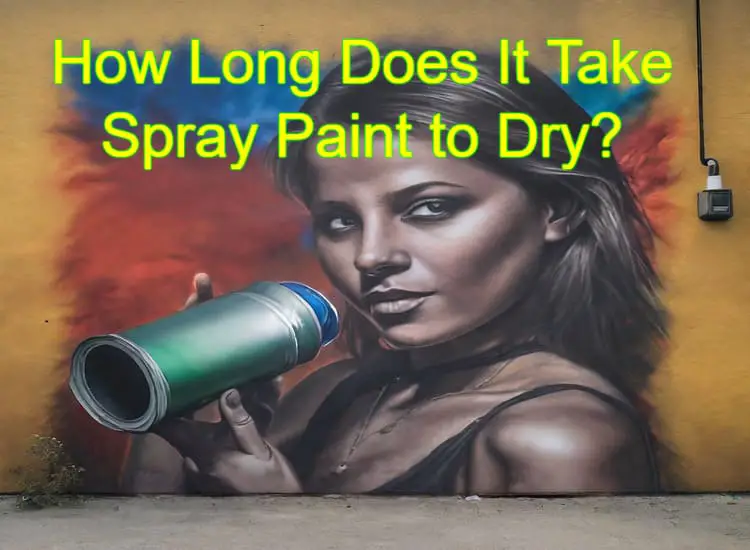
However, it’s important to understand the drying time of spray paint to ensure a successful and long-lasting finish. In this blog post, we will explore the factors that influence spray paint drying time and provide guidance on how to achieve optimal results.
Drying time for different types of Spray Paints
| Type of Spray Paint | Average Drying Time |
|---|---|
| Fast-Drying Spray Paint | 5 Minutes |
| Epoxy Spray Paint | 30 Minutes to 1 Hour |
| Acrylic Spray Paint | 1-2 Hours |
| Rust-Preventive Enamel Spray Paint | 1-2 Hours |
| Lacquer Spray Paint | 3 Hours |
| Latex Spray Paint | 8 Hours |
| Oil-Based Spray Paint | 8 Hours |
Factors Affecting Drying Time
Several key factors determine how long spray paint takes to dry. These include the type of spray paint, the material and texture of the surface, and the climate conditions during application.
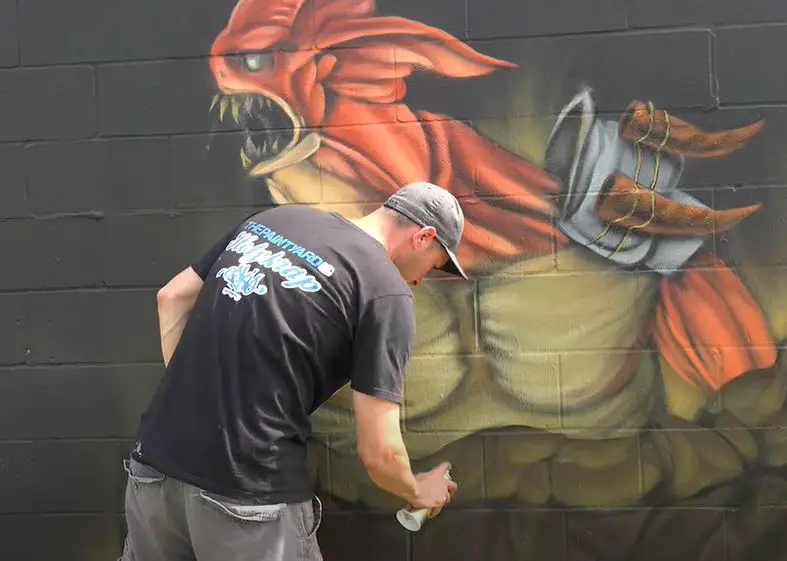
Type of Spray Paint
Different types of spray paint have varying drying times. Here are some common spray paint types and their average drying times:
- Fast-Drying Spray Paint: Approximately 5 minutes.
- Epoxy Spray Paint: Takes around 30 minutes to 1 hour.
- Acrylic Spray Paint: Generally, dries within 1-2 hours.
- Rust-Preventive Enamel Spray Paint: Requires 1-2 hours to dry.
- Lacquer Spray Paint: Takes approximately 3 hours.
- Latex Spray Paint: Typically dries within 8 hours.
- Oil-Based Spray Paint: Requires around 8 hours for drying.
Material and Texture
The material and texture of the surface being painted also impact drying time. Here’s how different surfaces behave:
- Wood: Wood surfaces are porous, requiring about 1 hour to dry to the touch and 24 hours for full curing.
- Metal: Nonporous metal surfaces dry quickly, usually within 10 minutes to the touch, but take 24 hours to cure completely.
- Plastic: Nonporous plastic surfaces take around 30 minutes to dry and require an additional 24 hours for full curing.
- Texture: Rough and porous surfaces take longer to dry compared to smooth, nonporous surfaces.
Climate Conditions
The local climate, including temperature and humidity, plays a significant role in spray paint drying time. Consider the following climate-related factors:
- Temperature: Apply spray paint when the temperature ranges between 40 to 80 degrees Fahrenheit for optimal drying.
- Humidity: Ideal humidity levels range from 40 to 50 percent. High humidity prolongs drying time, while low humidity can cause the paint to crack.
- Arid Climates: High winds and low humidity can speed up drying time, but extremely low humidity may lead to paint cracking.
- Humid Climates: Excessive humidity in the air can significantly increase drying time. Consider using a dehumidifier indoors to reduce humidity.
- Warm Climates: Warmer temperatures accelerate drying, but avoid painting during extremely hot weather to prevent uneven drying or blistering.
- Cold Climates: Cold temperatures prolong drying time and may cause freezing or moisture accumulation. Plan painting projects during warmer months.
Tips to Speed Up Drying Time
If you’re on a tight schedule and need the paint to dry faster, here are some helpful tips:
- Increase Air Circulation: Open doors or windows and use fans to improve airflow, facilitating faster drying.
- Use a Dehumidifier: Reduce ambient humidity by employing a dehumidifier in the room where the painted objects are located.
- Choose Fast-Drying Spray Paint: When time is of the essence, opt for fast-drying spray paint products designed to dry to the touch in just a few minutes.
Conclusion
Understanding the drying time of spray paint is essential for achieving professional-looking results in your projects. Factors such as the type of spray paint, surface material, texture, and climate conditions all contribute to the overall drying time.

